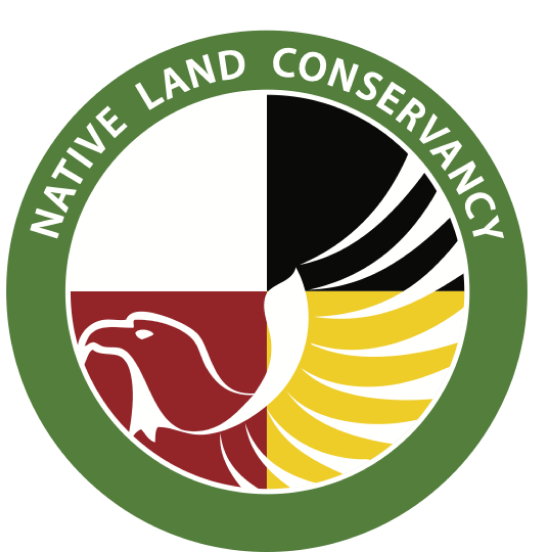Tribal friends visit dennis conservation lands
For the Dennis Conservation Land Trust (DCLT), it was not enough to simply preserve more than 440 acres of land, it was also important to renew the spirit of the land by welcoming the original inhabitants there for cultural practices. Employing a relatively new tool for land trust agencies in the northeast, the DCLT formed a Cultural Respect Easement (CRE) with the Native Land Conservancy (NLC).
“These easements protect our access to culturally important sites for future generations,” says NLC President Ramona Peters. “Land absorbs history yet most of our American folklore that is embedded in the earth is being lost. The primary reason cultural easements should exist is to tell those stories to the general public to preserve the local culture.”
NLC Executive Director Diana Ruiz leads a tour of tribal friends through a DCLT property featuring the CRE aspects of the land.
CREs provide a perpetual encumbrance allowing indigenous people access to conservation lands for specific cultural heritage activities. On DCLT lands these activities include ceremonies and cultural celebrations. In Middleboro a similar CRE was established on a 20-acre parcel of conservation land on the northern side of the Nemasket River making it accessible for the same purposes.
After more than 60,000 artifacts dating back as far as 8,000 years were discovered during an archeological investigation on the site, Middleboro Conservation Commission’s Conservation Agent Patricia Cassady said it was clearly the location of a Wampanoag village. She was grateful that the NLC could contribute to saving the land now known as the Nemasket River Village site.
“It just makes sense to go one step further and do a CRE,” she said. “Our vision here is to continue our relationship with the NLC and do more of them.”
In November of 2021 DCLT Board President Joe Masse wrote of the easement, “we wish to create an open and sharing relationship with the NLC, one in which we support one another, underscoring our mission to create and care for open space, as well as learning, together, how to create an environment of respect. Respect for one another. Respect for the land. Respect for every living thing, plant, or animal, that shares this land with us.”
Fiddleheads found in the Tobey Woodlands, a perennial edible wild plant foraged by Indigenous people for many generations.
NLC hopes these successful easements will be a model for other conservation groups to consider restoring rights to the original caretakers of the land.
“Conserving land reflects the purpose of the original people of this region. But it’s also our job to protect and preserve the indigenous ways of knowing things through our connection to the land.” Says NLC board member Miles Bernadette Peters. “It’s a knowledge base that is threatened.”
Miles, a member of the Mashpee Wampanoag Tribe, is raising his two young children to know that their connection to the land they live on goes back many thousands of years. While much has changed in the way they live, age-old traditions critical to tribal identity remain and are
directly connected to their sense of place. Miles and his family have learned to live in balance with the world around them.
“The land knows who we are,” said Miles “When we walk on this earth we know we are home.”
He said having the CREs, which are posted with signage that explain the authorization is also an element of safety for tribal people who take advantage of the access by alerting neighbors that their activities on the land are within their rights.
Former DCLT Executive Director Julie Early said the process of developing the CRE was as determined as it was challenging as some members considered what the organization should be getting in return for the unprecedented access. What they came to understand was that it was about respect and conveying rights that were due to indigenous people.
“There was this confluence of the time we were living in, COVID, racial injustice, and it was 400 years since that first encounter between the Wampanoag and the Pilgrims. This was an act of healing.” she said. “There shouldn’t be any requirements around giving people the respect they are owed.”
“Discussions with other conservation groups and land trusts are ongoing,” said Ramona who is hopeful that more CREs can be established.


